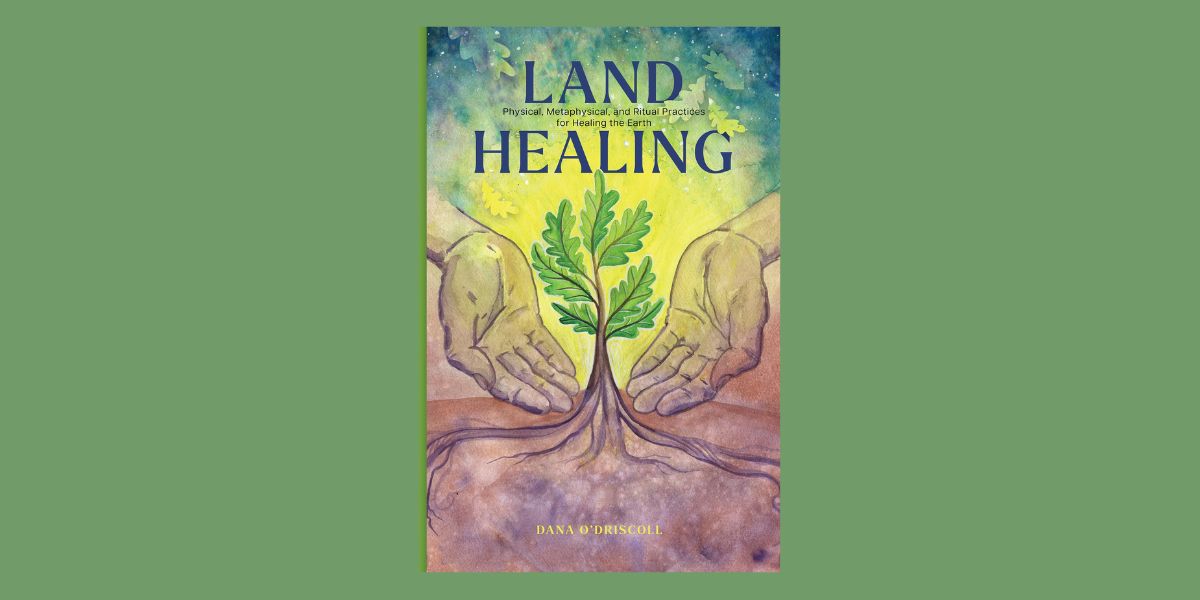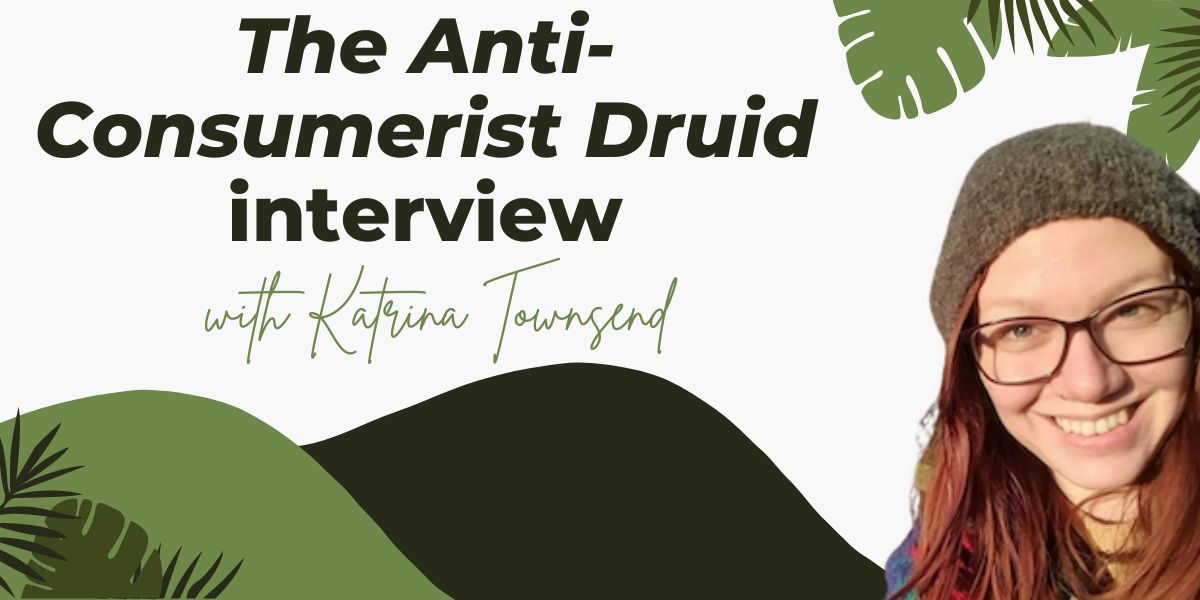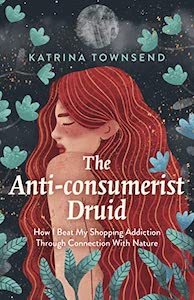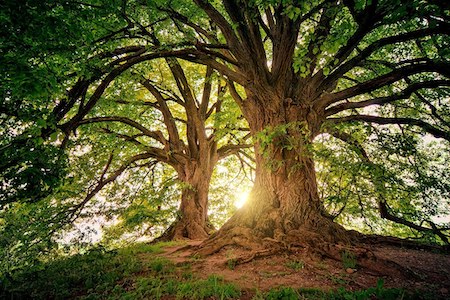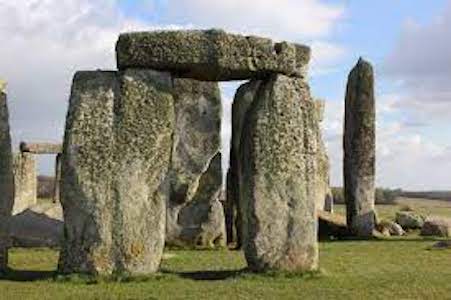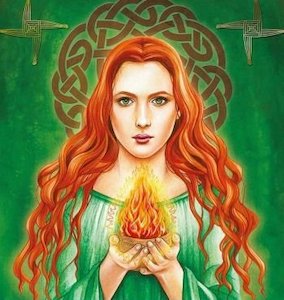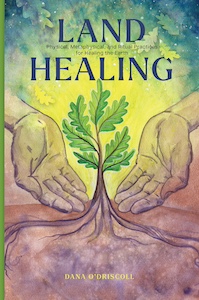
Land Healing: Physical, Metaphysical, and Ritual Practices for Healing the Earth, by Dana O’Driscoll
REDFeather, 0764367706, 208 pages, March 2024
Land Healing: Physical, Metaphysical, and Ritual Practices for Healing the Earth by Dana O’Driscoll is a comprehensive guide to land healing for neopagans and earth-based spiritual practitioners. Drawing on her decades of experience as a land healer, O’Driscoll offers readers an opportunity to deepen their understanding of ecological stewardship and personal spiritual growth through a flexible framework that’s easy to adapt to one’s lifestyle. The book covers a wide range of topics, including physical land healing, metaphysical healing techniques, and spiritual self-care.
O’Driscoll is a wonderful guide on the path to becoming a land healer, and her writing in this book is thoughtfully insightful. Since 2019, she has served as Grand Archdruid in the Ancient Order of Druids in America. She is also a certified permaculture designer and permaculture teacher. She successfully weaves in so much information to this book while keeping the reader grounded and centered to integrate the wisdom.
The book begins with an introduction to land healing, sharing with readers why it’s so important right now in our anthropocentric time period to heed the call of tending to the land. O’Driscoll takes the time to explain the foundation of beliefs shared in this book, such as animism, energy-work, and magic, along with how these metaphysic practices can be incorporated into the ecosystems of the physical world.
For those ready to undertake being a land healer, O’Driscoll starts from step one of gathering the necessary supplies. She shares how to make one’s own “Crane Bag” so that one always has the supplies necessary to work with the land in whatever capacity is called for at the moment. There are seven main methods of land interaction she prepared readers to engage in: blessing, growth, healing, protection, sleep, acknowledgement, and passage. Each landscape one works with will require different types of healing, and learning these seven is a great way to get started.
One of the central themes in Land Healing is the concept of reciprocity. O’Driscoll emphasizes the importance of a reciprocal relationship with the earth, where land healers open themselves to commune with the land on the land’s terms rather than their own whims or desires. There’s an emphasis on forming an intentional relationship with the land before doing any work.
Some land might be very open to the land healer’s desire to work with it, while other land needs time to warm up. Occasionally, land might even refute any efforts of the land healer, and it’s important to honor the land’s decision. O’Driscoll teaches readers how to acknowledge, witness, and apologize to the land–a great first step in building a relationship based on trust and respect. Additionally, she shares the importance of remembrance in this work, honoring what was before as a powerful act of healing.
Readers gain a lot of insight about how to work with the different needs of the land energetically in chapters four through six, where O’Driscoll teaches about the seven elements (four classical elements–fire, air, water, earth–and three spirit aspects–above, below, within). She offers a variety of methods to perform energy work on the land, including sigils, virtualization, meditation, energy work, chanting, creating mandalas, and smoke prayers, depending on the needs of the land.
This was the first book I’ve read on the topic that acknowledged some land might prefer to go into a deep slumber to rest during trauma. Land healers can offer palliative care for land that is too damaged to be fully restored or “energetically awake and suffering”1. I found the chapter on energetic palliative care quite touching, and it made me feel more deeply into the consciousness of different lands.
Later in the book, there’s a chapter about working with plants and animals that have passed on, and I found it very holistic for O’Driscoll to include this too, as it’s not just the land that suffers in the wake of environmental destruction. For those who feel called and ready, she shares a bit about psychopomp work that can be done to help these living entities transition from life to death, as well as rituals to honor those that have passed on.
O’Driscoll’s knowledge of permaculture and ecology shines through in the one chapter about physical land healing. This chapter offers practical advice about how one can get to know their ecosystems better. From studying the plants to engaging in conservation work, there’s plenty of local ways one can get involved with the lands around them. O’Driscoll shares a bit about permaculture, creating wildlife refugia, and the often-overlooked practice of wild-tending as further ways readers can engage physically with the land.
Beyond specific energetic and physical techniques, O’Driscoll emphasizes the importance of the healer’s own spiritual well-being. The final chapter focuses on self-care and suggests land healers create a self-care plan for themselves when doing this work. The stress of witnessing ecological crises, offering our energy to the land in the form of blessings and healing, or even just basic life stuff that crops up all can take its toll on the well-being of a practitioner. I love that O’Driscoll cares deeply enough for readers to fortify them with wonderful suggestions about how to care for one’s mind, body, and spirit.
Overall, Land Healing is a practical guide for hands-on ways readers can cultivate their practice of engaging with the land physically and energetically to promote ecological well-being. The techniques shared by O’Driscoll promote a deep understanding of the spiritual and energetic dimensions of our relationship with the land. Anyone interested in deepening their relationship with the earth and taking an active role in its healing, particularly those who follow a nature-based spiritual path, will find all they need to begin their own journey of land healing within this book.
While many might set out to heal nature, in turn, I have no doubt they will discover the healing power of nature through this work. O’Driscoll illustrates how engaging with the natural world can be a transformative experience, offering physical, emotional, and spiritual healing. And one of the best things about this book is how she shares personal anecdotes and practical exercises that encourage readers to embrace nature as a source of solace and inspiration.
Through a combination of ecological wisdom and spiritual insight, O’Driscoll invites readers to embark on a journey of healing—for themselves and the planet. Land Healing is a valuable resource for those seeking to deepen their relationship with the natural world and contribute to a more sustainable future.
Alanna Kali is an astrologer, numerologist, and pioneer spirit that loves to explore life through the lens of depth psychology. She has a passion for studying the humanities and social trends. Her academic work is centered upon reuniting body, mind, and spirit through eco-psychology. She loves reading, spending time in nature, and travel.
